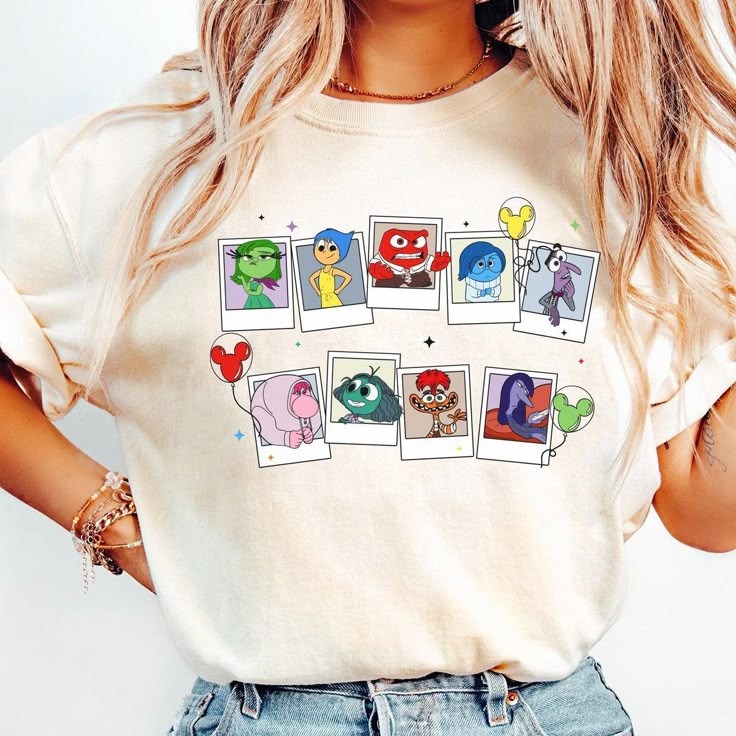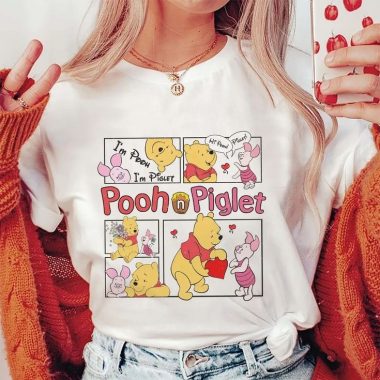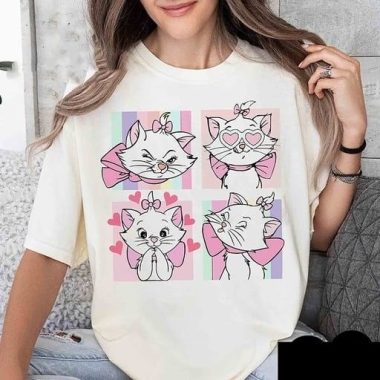Introduction
Fashion’s evolution unfolds as an unending tapestry, where each generation adds its own thread of creativity, culture, and consciousness. More than mere fabric and stitches, fashion mirrors the shifting values, aspirations, and innovations of societies both ancient and modern. From the sun-drenched looms of early civilizations to the digital ateliers of contemporary designers, the world of dress continually regenerates itself, weaving together tradition, technology, and individual expression. This exploration embarks on a comprehensive survey of fashion’s roots and revolutions: tracing its historical underpinnings, examining its role as cultural dialogue, analyzing the psychology of personal style, interrogating the ethical and environmental imperatives it faces, celebrating technological disruptions, and surveying emerging markets and future possibilities.
Foundations of Fabric and Form
Clothing first emerged in human societies as a primal necessity—protection against the elements and a modest veil for the body. Early garments fashioned from animal hides, woven grasses, and plant fibers evolved as agrarian communities devoted more energy to textile production. The great river civilizations of Mesopotamia spun wool of remarkable fineness, producing textiles that signified social stratification and religious rites. In ancient Egypt, flax plants were transformed into linen so translucent that garments seemed to float over the skin, while dyes rendered in blues and reds became symbols of power in the courts of pharaohs. Meanwhile, artisans of the Indus Valley refined cotton cultivation, pioneering block-printing techniques that echo in modern textile workshops.
As silken threads traveled the Silk Roads and spices traversed caravan trails, garments bore witness to the earliest instances of global exchange. In Byzantium and later Renaissance Italy, Eastern brocades and Persian embroideries inspired lavish court attire. Conversely, European tailoring techniques and woolen cloth found their way eastward. These early trade networks laid the groundwork for fashion’s foundational dialect: a continuous conversation of shapes, patterns, and materials across continents.
Cultural Resonance and the Language of Dress
Every culture fashions its own sartorial dialect, embedding garments with meanings that extend far beyond aesthetics. Traditional attire functions as a communal narrative, weaving together folklore, spirituality, and identity. Highland clans in Scotland adopted distinctive tartans to signify kinship, while Japanese kimonos communicated one’s social status, marital condition, and seasonal allegiances through color palettes and pattern placement. In West Africa, the adire and kente cloths spoke of ancestral wisdom, community ceremonies, and local craftsmanship.
Yet as travelers and traders moved, they carried more than merchandise: they carried ideas. The Mughal courts of sixteenth-century India popularized richly embroidered shawls whose motifs later inspired European fashions of the eighteenth century. Indigo dyeing techniques from Japan and India reached Dutch ateliers, spawning new trends in European domestic textiles. Such exchanges underscored fashion’s transcultural power: its ability to celebrate difference while forging unexpected kinships.
Psychology of Wardrobe and Self
Beyond collective identities, clothing serves as the outer manifestation of inner worlds. In the realm of social psychology, the theory of “enclothed cognition” posits that what we wear influences our moods, behaviors, and social interactions. A well-tailored suit can instill poise and authority in a boardroom; soft loungewear can foster a sense of ease and creative flow at home. For adolescents, style becomes both a shield and a banner, marking their entry into social groups or rebelling against mainstream conventions. The punk movement, for example, adopted torn garments and safety pins as emblems of dissent.
Today’s consumers navigate a kaleidoscope of choices, blending vintage and avant-garde, high street and haute couture, heritage crafts and digital prints. Gender-fluid and non-binary fashion challenge long-standing binaries, inviting individuals to curate wardrobes that transcend historical norms. In this context, personal style emerges as a dynamic dialogue—an ongoing negotiation between self-concept, societal expectations, and the aspirational futures each individual seeks to project.
Ethical Imperatives and Sustainable Practices
The industrial revolution ushered in the era of mass production, revolutionizing accessibility but also precipitating complex ethical dilemmas. Factories in low-income regions often operate under conditions that betray basic labor rights, while fast-fashion cycles accelerate consumption and waste. Each year, millions of tons of textile refuse burden landfills, and synthetic fibers shed microplastics into oceans with every wash. Dye effluents pollute waterways, threatening ecosystems and public health.
In response, a groundswell of designers, activists, and consumers champion a more responsible vision of fashion—one built on transparency, circularity, and respect for both people and the planet. Organic and regenerative fibers such as hemp, bamboo, and Tencel reduce chemical inputs, while closed-loop dyeing systems reclaim water and pigments. Innovations in fabric recycling transform post-consumer garments into new yarns, extending the life cycle of textiles. Artisanal crafts receive renewed attention, as fair-trade frameworks empower communities through equitable partnerships. Consumers, armed with certification labels like GOTS (Global Organic Textile Standard) and Fair Trade, increasingly align their purchases with ethical values.
By reimagining production and consumption as interconnected systems rather than linear supply chains, sustainable fashion seeks to reconcile style with stewardship.
Technological Frontiers and Digital Couture
Advancements in technology continue to expand fashion’s creative and logistical horizons. Material science has produced smart textiles capable of monitoring health vitals, regulating temperature, or generating renewable energy. Self-cleaning and UV-resistant coatings enhance garment longevity, reducing the need for frequent laundering. Three-dimensional knitting and laser-cutting optimize fabric use, drastically cutting waste at the design stage.
In retail, augmented reality experiences let consumers virtually try on garments, adjusting fit and style in real time. Blockchain protocols certify provenance, enabling transparent tracking of raw materials from farm to final stitch. Artificial intelligence analyzes social media trends to forecast demand, minimizing markdown waste. Meanwhile, 3D printing offers bespoke accessories and rapid prototyping, empowering designers to iterate forms at unprecedented speed.
Moreover, the rise of digital fashion—non-fungible tokens of virtual garments for avatars in online spaces—heralds a new era where creativity need not generate material footprints. In gaming universes and metaverse platforms, users invest in digital wardrobes, fostering novel economies of style that parallel physical markets.
Global Markets and Emerging Voices
Once dominated by the traditional capitals of Paris, Milan, London, and New York, the fashion scene now flourishes across a multitude of locales. Lagos Fashion Week spotlights West African innovation and traditional textiles; Seoul emerges as a hub for avant-garde streetwear; Mumbai blends Bollywood glamour with artisanal weaves.
Rising consumer power in Southeast Asia, Latin America, and Africa drives demand for brands that resonate locally while meeting global standards. E-commerce platforms and mobile payment systems facilitate market entry for emerging designers, while collaborations between international houses and regional ateliers generate hybrid lines rich in contextual authenticity. As digital connectivity deepens, the fragmentation of audience preferences fosters micro-niches and niche communities, each with its own aesthetic codes and value imperatives.
Navigating Tradition and Appropriation
The porous boundaries of global fashion invite cross-cultural inspiration but also risk cultural appropriation—the extraction of sacred symbols without context or credit. To address this, forward-thinking brands engage in genuine collaboration with source communities, embedding artisans in design processes and establishing revenue-sharing agreements. Storytelling becomes essential, ensuring that each motif and technique carries acknowledgment of its origins and significance.
This ethos of respectful exchange undergirds the broader movement toward cultural equity in fashion, advocating for platforms and dialogues where historically marginalized voices shape the industry’s visual and ethical norms.
Economic Dynamics and the Business of Style
Today’s industry represents a multi-trillion-dollar ecosystem, spanning raw material sourcing, manufacturing, marketing, retail, and resale. Luxury maisons uphold exclusivity through limited series and artisanal mastery, while mid-market labels compete on speed, value, and narrative authenticity. Direct-to-consumer brands leverage data-driven insights and social media engagement to foster intimate brand communities.
Resale and rental markets are booming, offering consumers access to coveted designs without permanent ownership. Collaborative economies and peer-to-peer platforms valorize pre-loved garments, transforming wardrobes into dynamic collections that evolve with personal and environmental considerations.
As digital disruption continues, brands must balance the agility afforded by e-commerce and social media with the enduring allure of tactile, in-person experiences. Flagship stores morph into experiential ateliers, blending retail with exhibitions, workshops, and community events to foster deeper connections.
Envisioning Fashion’s Next Chapters
Looking forward, fashion stands at a crossroads of creativity, responsibility, and technology. Biofabricated materials—textiles grown from bacteria or engineered yeast—promise regenerative alternatives to resource-intensive crops. On-demand production—powered by automated sewing robotics and digital patterning—could render overstock obsolete, enabling truly bespoke creations.
Virtual and augmented realities may fuse with physical clothing to deliver interactive narratives, where garments trigger stories, music, or dynamic visuals. Wearable technology will become ever more seamless, integrating health monitoring and environmental sensing into upholstery-like fabrics. Blockchain and NFTs could revolutionize ownership models, linking physical items with digital certifications that appreciate over time.
Yet amidst these innovations, the soul of fashion remains its humanity—the interwoven stories of makers, wearers, and communities. By embracing ethical imperatives, celebrating cultural diversity, and imagining sustainable futures, the industry can honor its heritage while charting new pathways of possibility.
Conclusion
From the sunlit looms of ancient civilizations to the boundless spaces of the digital metaverse, fashion’s unending weave tells an ever-evolving story of creative ambition, cultural dialogue, and individual identity. It transcends fabric to become a medium of expression, a catalyst of change, and a mirror of our collective hopes and challenges. As we navigate the complexities of sustainability, globalization, and technological revolution, fashion invites us to imagine garments not only as adornments but as carriers of meaning, ethics, and innovation. In every stitch and silhouette, we discover the threads that connect our past, enrich our present, and inspire the futures yet to be woven.



